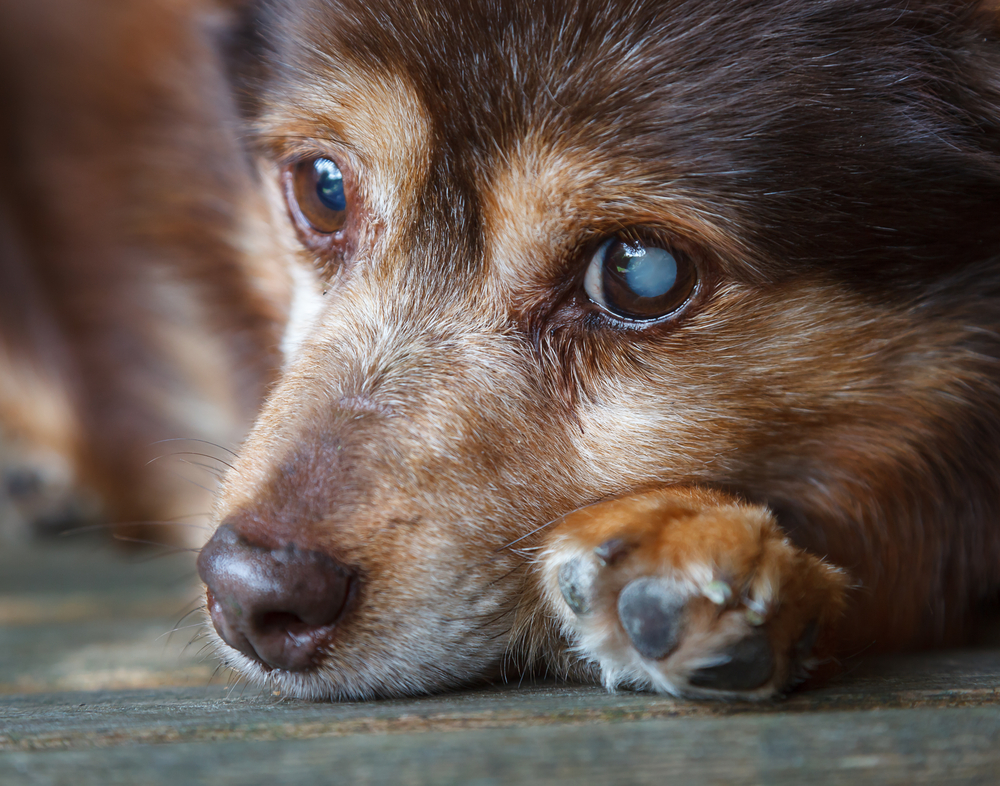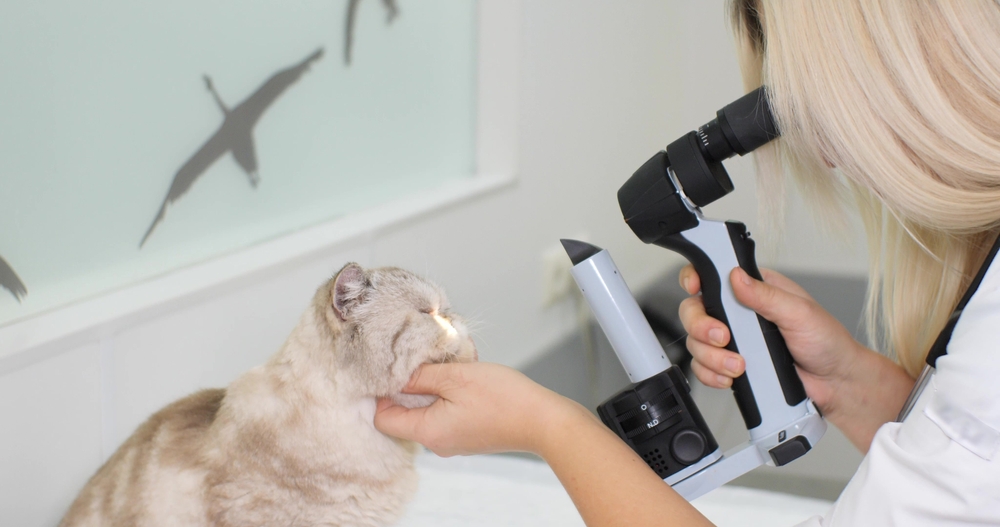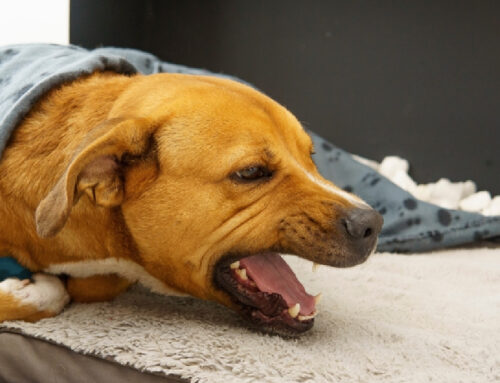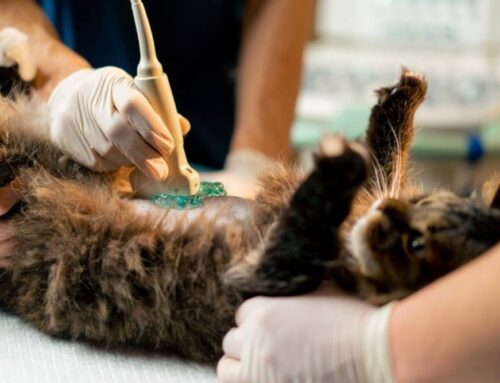Pet owners often overlook the importance of maintaining their pets’ ocular health, assuming that eye issues rarely occur. However, common pet eye diseases can affect your beloved companion’s vision. Our Village Animal Hospital team understands that you prioritize your pet’s health and well-being, so we describe common pet eye diseases and how you can help maintain your furry family member’s ocular health, which includes vigilant care and regular checkups.
Corneal ulcers and abrasions in pets
Corneal ulcers and abrasions are prevalent among pets and can lead to discomfort and impaired vision. These conditions often occur when a pet has a foreign object in their eye, experiences trauma, or has an underlying condition. Eye problem signs include squinting, excessive tearing, and pawing at the eye. Immediate veterinary attention is crucial to prevent complications. Treatment may involve topical medications or, in severe cases, surgical intervention.
Glaucoma in pets
Glaucoma is a serious condition characterized by increased intraocular pressure, leading to optic nerve damage and potential blindness. Pets affected by glaucoma may exhibit eye redness, cloudiness, and enlargement. Treatment aims to reduce intraocular pressure and may involve medication or surgery. Early detection through routine eye exams is key, as glaucoma can progress rapidly.
Entropion in pets
Entropion, a condition that causes the eyelid to roll inward, is common among certain breeds. This disorder can cause irritation, corneal ulcers, and vision impairment. Signs include excessive tearing, squinting, and rubbing at the eyes. Surgical correction is often necessary to alleviate discomfort and prevent complications. Regular veterinary checkups and breed-specific awareness can aid in early detection.
Cherry eye in pets
Cherry eye, the prolapse of the third eyelid gland, is a noticeable issue in pets. Although not typically painful, cherry eye can lead to secondary problems if left untreated. Surgical intervention is often recommended to reposition the gland. If your pet develops a red mass in the corner of their eye, seek prompt veterinary attention.
Uveitis in pets
Uveitis, inflammation of the eye’s inner pigmented structures, can arise from infections, traumas, or autoimmune disorders. Signs include redness, light sensitivity, and squinting. Treatment involves addressing the underlying cause and may include anti-inflammatory medications. Regular vaccinations and prompt treatment of underlying issues can contribute to prevention.
Conjunctivitis in pets
Conjunctivitis, characterized by eye redness and discharge, is a common eye ailment in pets. Allergies, infections, or irritants can trigger this condition. Treatment may involve topical medications or oral antibiotics, depending on the cause. Maintaining a clean environment and addressing underlying health issues can help prevent recurrent conjunctivitis.
Eyelid tumors in pets
Eyelid tumors, although infrequent, can occur in pets. Regular monitoring for eyelid changes, such as lumps or swelling, is essential. Surgical removal and biopsy are often recommended for definitive diagnosis and establishing an effective treatment plan. Early eyelid tumor detection through routine wellness checkups is crucial for a favorable prognosis.
Traumatic eye injury in pets
A traumatic eye injury can result from an accident, fight with another pet, or a foreign object embedded in the eye. Signs include swelling, bleeding, or pupil size changes. Immediate veterinary attention is crucial to assess and address an eye injury’s severity. Preventive measures include pet-proofing the environment and minimizing potential hazards.
Dry eye in pets
Dry eye (i.e., canine keratoconjunctivitis sicca) occurs when the eyes don’t produce enough tears. Signs include redness, discharge, and corneal changes. Treatment involves artificial tears and, in severe cases, medication to stimulate tear production.
Retinal disorders in pets
Retinal disorders can lead to vision impairment or blindness in pets. Regular eye exams can aid in early detection. Treatment options vary based on the specific disorder and may include medication or surgery. Pet owners should be vigilant for changes in their furry pal’s behavior, mobility, or vision.
Cataracts in pets

Cataracts, a common age-related ocular issue, cause clouding of the lens, which impacts a pet’s vision. Signs include a bluish-grey tint in the eye and impaired sight. Surgical intervention is often recommended to restore vision. While genetics play a role in a pet’s cataract development risk, maintaining a healthy diet and regular checkups can contribute to cataract prevention and early detection.
Proactive veterinary care and a keen eye for potential issues are essential to help ensure your pet’s ocular health. By detecting your pet’s eye problems early, our Village Animal Hospital team can provide prompt intervention and a good prognosis. Schedule your pet’s routine wellness exam, which includes an eye health assessment, with our team.








Leave A Comment